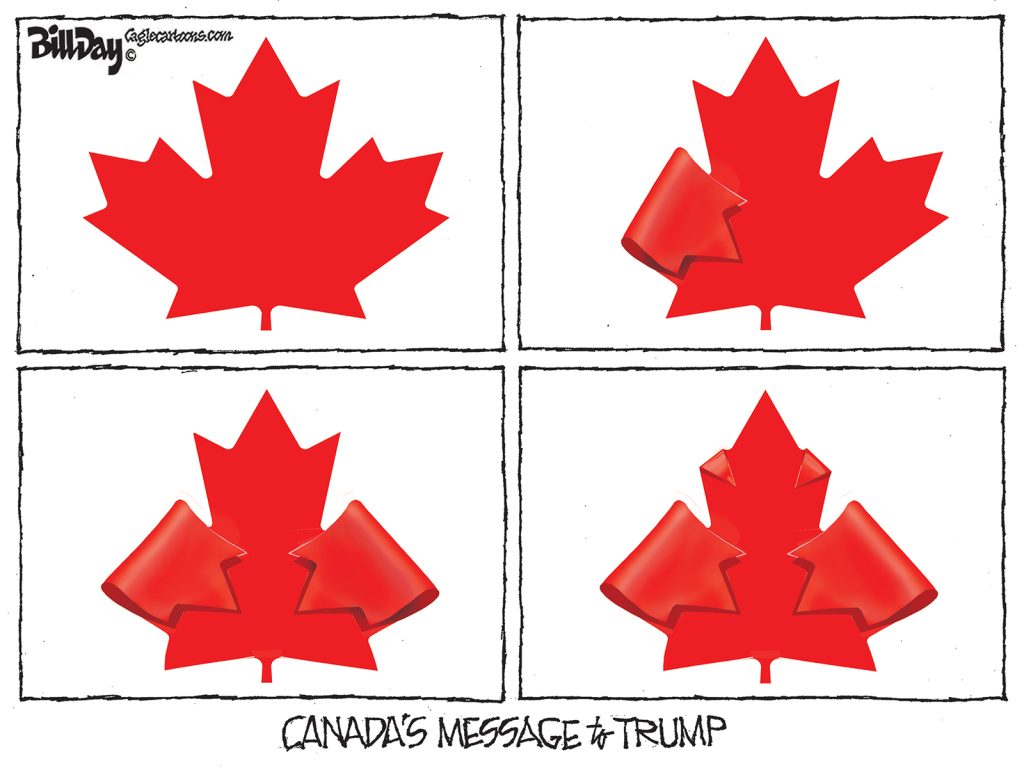Great cities are able to do more than one thing at a time.
They build great parks, they help revitalize neighborhoods and they provide safety net services.
In the city version of thinking we can’t chew gum and walk at the same time, a skate park for the Glenview neighborhoods has been pulled because the City Council member for the district essentially vetoed it as a choice between recreation and utility assistance.
We weren’t even aware that the legislative branch could trump good research and thorough planning on where public facilities should be located, but count us as totally mistaken. We know Councilwoman Wanda Halbert well, and we know that she protects her constituents like a mother lion, but on this one, we think she missed the mark.
Good Bones
Glenview is a historic neighborhood with the bones for successful urban revitalization, but it rests on providing the kinds of amenities that make it attractive to families and that generate economic activity for its strengthening.
It was exactly the kind of place where the City of Memphis’ first skate park should be located, and it’s sad to see that the young people and families in the area will be deprived of an activity that is proving across the country that it’s valuable in creating a spirit of community and the fabric of neighborhoods.
In the words of one park supporters, it’s as if Ms. Halbert was saying in her comment about choosing between the skate park and utility assistance that “as long as there is poverty, the poor should have no recreation.” We know that was surely not her intent, but perhaps, a public meeting in the neighborhood would be instructive in what its citizens want and whether they consider it as anathema as their elected representative.
Continuing to Talk
Some in City Hall whisper that the dust-up was more about ego than issue, because no one has been a more unrelenting force for city investments in her district than Councilwoman Halbert. Apparently, some say, she didn’t feel adequately consulted on the project and said it was “grossly unfair” for “any group of individuals” would make plans for a specific area. Last time we checked, this group of individuals was city government itself and based on what we know, the actions of city officials, in conjunction with our growing local skating community, was clearly based on what they thought were the best interests of the neighborhood.
So we’re hoping that Councilwoman Halbert will reconsider her position and realize that if Memphis is to ever be a great city, it must possess the ability to act in multiple directions at the same time to create the kind of city that we want and the quality of life that Memphians need.
That said, if nothing changes, Glenview’s $600,000, 15,000 square foot skate park is history – although it was unlighted and would have had the same hours as the park where it would have been located with fields, community center and tennis courts. If the park itself hasn’t already managed to taint the historic character of Glenview, we’re not sure how a skate park would have done so.
Frayser-bound
Apparently, Glenview’s loss is Frayser’s gain as the potential site for the skate park is now Rodney Baber Park. Its weakness is that it’s not a force for neighborhood improvement, but its strength is that it has lights and can be open for night skating.
There’s no secret about our admiration for Aaron Shafer, St. Jude Children’s Research Hospital researcher who has become our local apostle for skate parks, and we thought he made good sense in his concern about Glenview losing this recreational opportunity. If Mr. Shafer is anything, he is unabashedly passionate about the neediest in our city and how skate parks can contribute to improving the lives and self-esteem of urban children and families.
For that reason, we hope we don’t fall into the trap of treating each other as “outsiders” in our own city, because no one is more committed to turning our urban neighborhoods around.
Value
Finally, lost in the controversy over the killing of the Glenview skate park are the financial implications of the false choices that seemed to frame up this issue. For the record, the $600,000 cost of the skate park can’t simply be moved into utility assistance. The latter is funded in the yearly operating budget and the former is funded from the capital budget which is paid over multiple years.
Because of it, the yearly cost of the bonds to pay for the skate park amounts to about $100 a day, or $36,000 a year. It’s a bargain for whoever gets the skate park.



I live in Cooper Young and think a Glenview skate park nearby would be great. Can anything be done to restart the Glenview option?
Wanda has done this same thing on many, many projects. It’s never about her constituents. It’s always about kissing her ring (or rear end).
She’s a legislator, for God’s sake, not queen.
With decisions like these made by the likes of her, Wanda Halbert deserves to be a one-term city councilwoman. What ever happened to listening to your constituents and doing what’s in their best interest and not your own?
I continue to have confidence that the skate park in Glenview will be built. OK, yes, I’m an optimist.
When those in opposition take a big breath, settle down, realize the benefits the park will bring to this neighborhood, remove their ego, have an adult conversation with someone (oh, say Aaron Shafer) to better understand the issues, they will have no choice. They can’t just say no, can they?
It just makes zero sense. How can this even be a debate?
We’ve built amazing entertainment facilities over the years, Redbirds Auto Zone baseball stadium, FEDEX forum, Playhouse on the Square, just to name a few. How can a skatepark be this difficult?
COME ON Memphis City Council. Glenview deserves better than this. Memphis deserves better than this.
Don’t we?
I am wondering what Halbert’s motive is. Is she trying to play Ward Boss? Is she afraid of a bunch of white kids coming to her neighborhood?
Halbert has always impressed me as being shortsighted and parochial.
>>>I am wondering what Halbert’s motive is.
What everyone knows but SCM cannot say on here is that Wanda Halbert is dumb as a rock. But like most Memphis poltiicians who have accomplished nothing else in life she has an ego the size of Montana. She wasn’t consulted beforehand, so she’s against it in her district.
I also am a Cooper Young resident and was excited about the idea of a skate park nearby. Certianly something can be done to turn this decision around. I have a young son who I imagine would enjoy something like this immensely. And I know about a dozen young boys his age who could use a good outlet for physical activity and an opportunity to connect with other kids. It would help keep kids out of trouble, and I don’t see how that could be a bad thing. Kids from CY, Central Gardens, Evergreen, etc. could all benefit from this. Hopefully someone will get their head out of the sand. If this is where I’m going to raise my family, I would like for there to be recreation activities that bring people together, rather than more crime, etc. that could drive them apart.